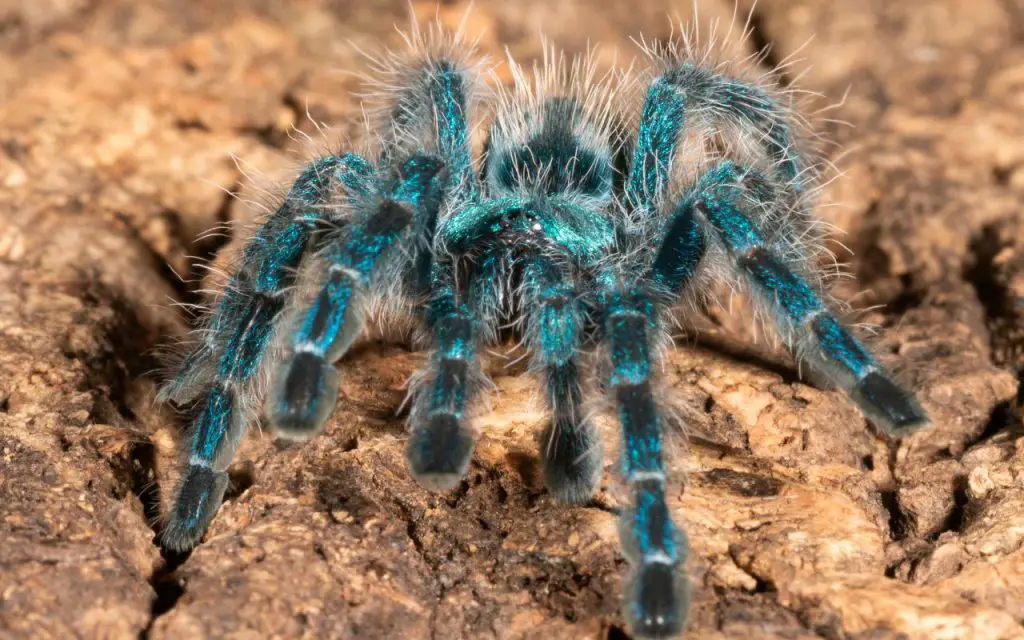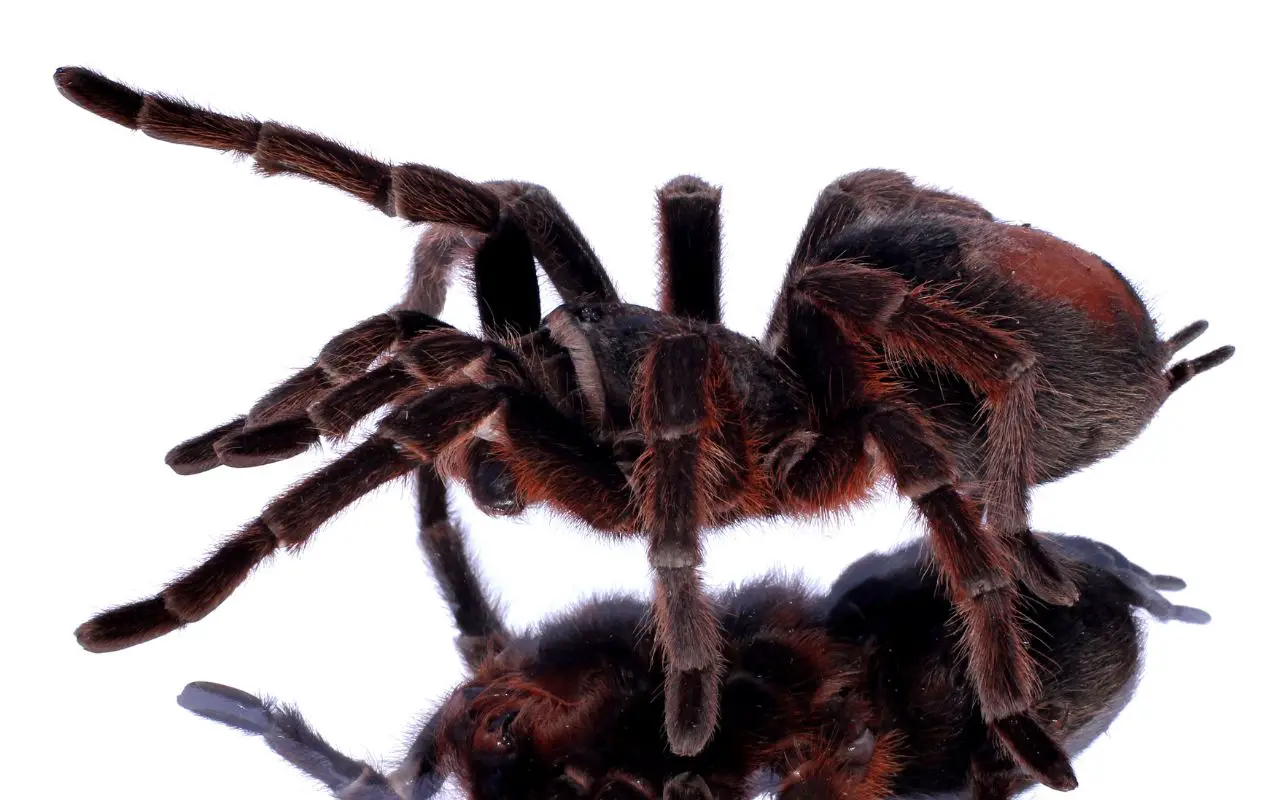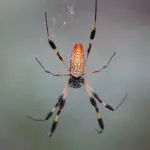Avicularia Metallica, also known as the “metallic pinktoe tarantula,” is a beautiful and unique species of tarantula that is native to South America. These arachnids are known for their vibrant pink toes and their docile nature, making them a popular choice among tarantula enthusiasts.
Housing
In my experience, Avicularia Metallica does well in a terrarium with a minimum size of 3-5 gallons, and a height of at least 12 inches. They require a secure lid, as they are excellent climbers and may escape if given the opportunity. The terrarium should be decorated with branches, artificial plants, and other climbing structures to provide your tarantula with plenty of opportunities to explore and exercise. It is also important to provide a hide box for your tarantula to retreat to when it feels threatened or wants privacy.
Substrate
A good substrate for Avicularia Metallica is coconut fiber or peat moss, which is available at most pet stores. You should aim for a depth of 2-3 inches, which will be enough to help hold humidity. You should also provide a shallow water dish, which should be cleaned and refilled regularly.
Temperature and humidity
Avicularia Metallica is a tropical species, and they require a warm and humid environment. The ideal temperature range for your terrarium is between 75-85 degrees Fahrenheit, with a humidity level of 70-80%. You can achieve this a heating pad fixed to the side of the enclosure if you live somewhere very cold. In most areas, however, you can simply leave your tarantula’s enclosure at room temperature.
If you have trouble keeping them humid enough, you can combat this by adding water to their substrate and by misting the enclosure regularly.
Feeding
Avicularia Metallica are opportunistic feeders and will eat a variety of insects, including crickets, roaches, and mealworms. They should be fed once or twice a week, and the insects should be gut-loaded with a high-quality diet before being offered to the tarantula. Juveniles should be fed more frequently than adults.
Acceptable foods include:
- Dubia roaches
- crickets
- pinkie mice (occasionally)
- hornworms
- mealworms (if they’ll accept them)
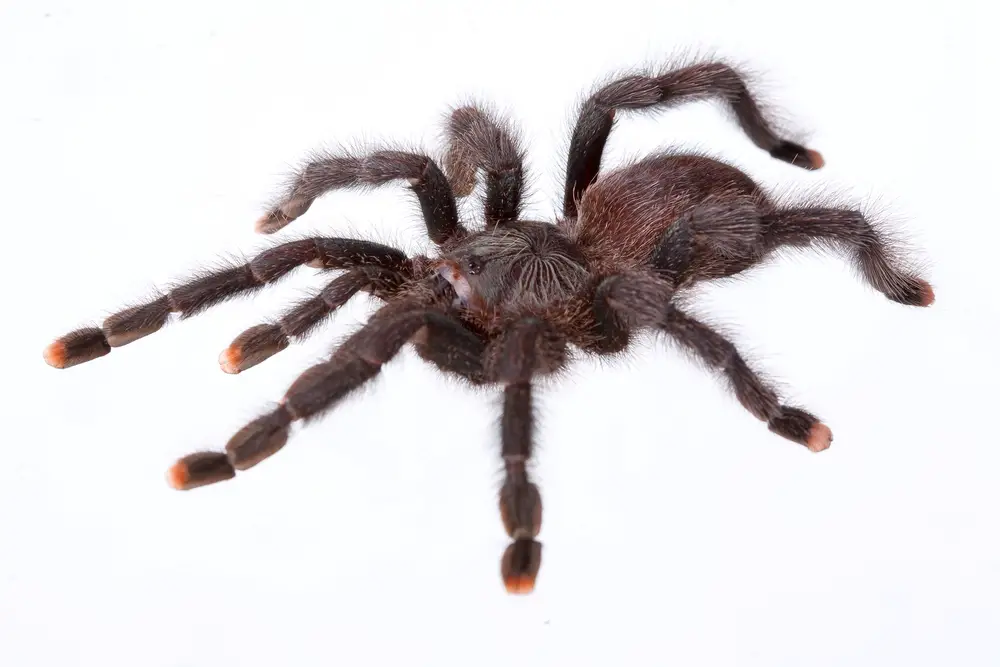
Handling
Avicularia Metallica is a docile species and can be handled with care. However, it is important to remember that tarantulas are fragile creatures and should be handled with respect. I always support the entire body when picking up my tarantulas and avoid squeezing or squeezing them as this can cause injury.
With species like this, it’s important to gently coax them onto your hand, rather than try to pick them up. If they resist by hunkering down and flattening themselves, try again another time.
Final thoughts
Why I like this species:
- Personally, I think this is an exceptionally beautiful tarantula that may be a little shy but is well worth it. They often spend a lot of time hiding, but when they do come I don’t mind the fact that I haven’t seen them in a few days! Really, their appearance is worth the wait.
- they are docile
- most of them live for a long time so long as you get their humidity right
Things to consider before buying:
- This species will not do well in terrestrial setups. They need arboreal enclosures, and a humidity-holding substrate to thrive.
- they are docile, but much more delicate than some other species. I would never recommend picking up one by the cephalothorax, as is common practice with more robust terrestrial species.
- I provide mine with upright pieces or cork bark to hide behind. They may become reluctant to feed without proper hiding places.
Overall, Avicularia Metallica is a great choice for tarantula enthusiasts who are looking for a docile and beautiful species that is easy to care for. With proper care and attention, your pinktoe tarantula will thrive and be a fascinating addition to your home.
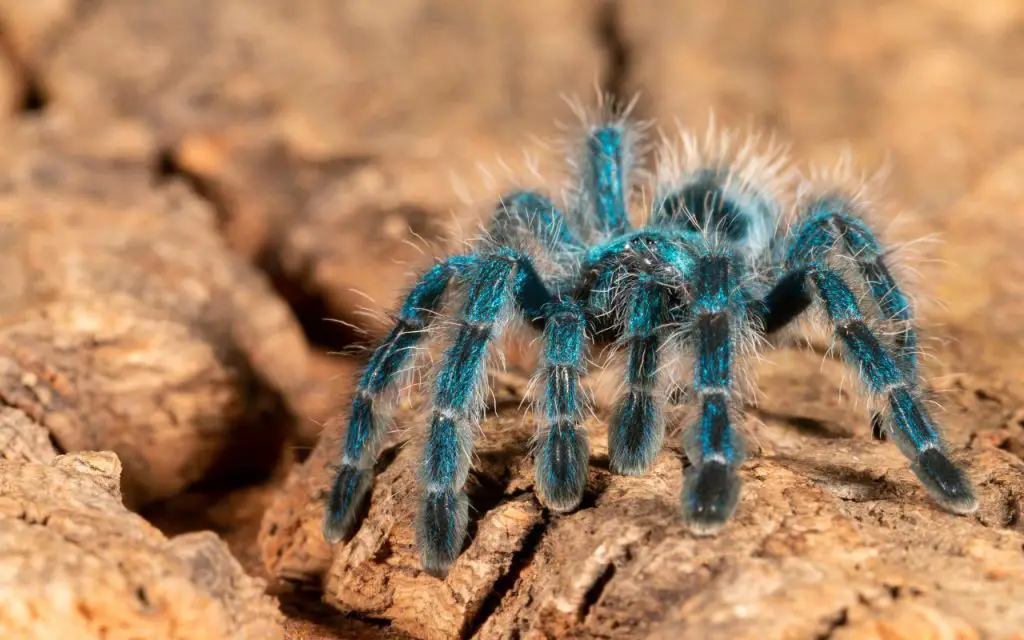
FAQ about the Metallic Pinktoe Tarantula:
Do pink toe tarantulas need a heat lamp?
Pink toe tarantulas do not require a heat lamp as they are native to tropical areas where the temperature is usually warm and humid – excessive heat would kill them. However, it’s essential to maintain a suitable temperature range of 72-82°F (22-28°C) and humidity level of 65-80% in their enclosure.
How often should I hold my pink toe tarantula?
It’s not necessary to hold your pink toe tarantula often, as they are not social animals and may find handling stressful. It’s best to limit handling to a minimum and focus on observing and maintaining their enclosure. If you do handle your tarantula, ensure your hands are clean, move slowly and gently, and support their body.
Are pink toe tarantulas hard to take care of?
Pink toe tarantulas are not considered challenging to care for compared to other tarantula species. However, they do require a suitable enclosure with proper substrate, temperature, and humidity levels, and adequate ventilation. Providing a varied diet of insects and occasional feeding of small vertebrates is also essential. With proper care and attention, pink toe tarantulas can live at least 8-10 years in captivity.

